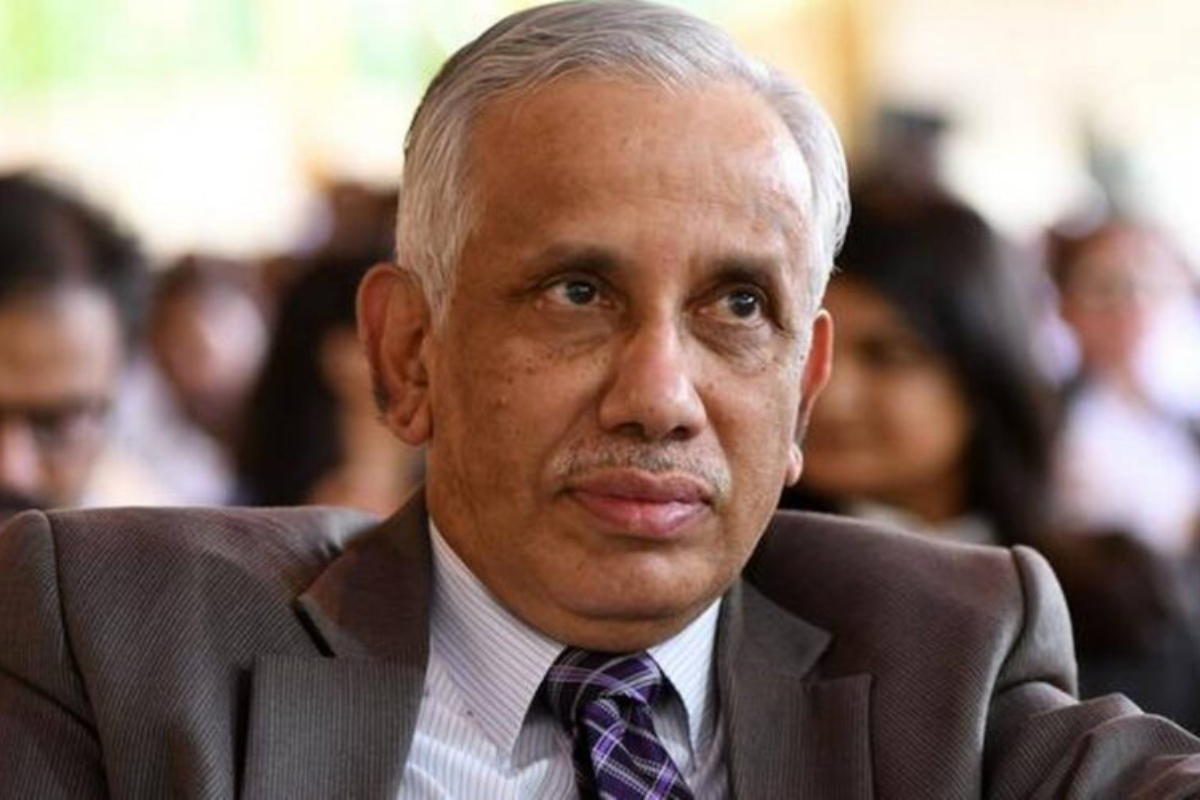
Justice Abdul Nazeer led the Constitution Bench that upheld the 2016 demonetisation process. He was also part of the SC bench that paved the way for the construction of the Ram temple in Ayodhya

One of the key names that appeared on the President of India’s list of gubernatorial appointments on February 12 is retired Justice S Abdul Nazeer, who has been appointed as governor of Andhra Pradesh.
Justice Nazeer led the Constitution Bench that upheld the demonetisation process. He was also part of the bench that paved the way for the construction of the Ram temple in Ayodhya.
Justice Nazeer, who retired in January, was one of five members of the Supreme Court bench that delivered the final verdict on the long-running dispute that has divided the countries’ two most prominent religious communities.
The SC finally settled the dispute on November 9, 2019, and allowed the construction of the Ram temple in Ayodhya.
In another landmark moment, Justice Nazeer’s led Constitution Bench upheld the 2016 demonetisation process.
Apart from the Ayodhya case and Centre’s 2016 decision on demonetisation, Justice Nazeer was part of several landmark constitutional bench decisions, including those on triple talaq, the right to privacy and the free speech of lawmakers.
He had declared that there was no need to impose additional restrictions on the free speech rights of Ministers, MPs, MLAs and leaders.
While many have expressed concerns about the judiciary’s independence, Justice Nazeer stated that the situation in the Indian judiciary today is not as dire as it once was, though a wrong impression is conveyed due to misinformation.
Justice Nazeer was born on January 5, 1958, at Beluvai in Karnataka’s Dakshina Kannada district. After completing his LLB degree from Mangaluru’s SDM Law College, he got enrolled as an advocate in 1983. He practised before the Karnataka High Court.
In 2003, Justice Nazeer was appointed as an Additional Judge. He became a permanent judge in 2004 and was elevated to the Supreme Court on February 17, 2017.